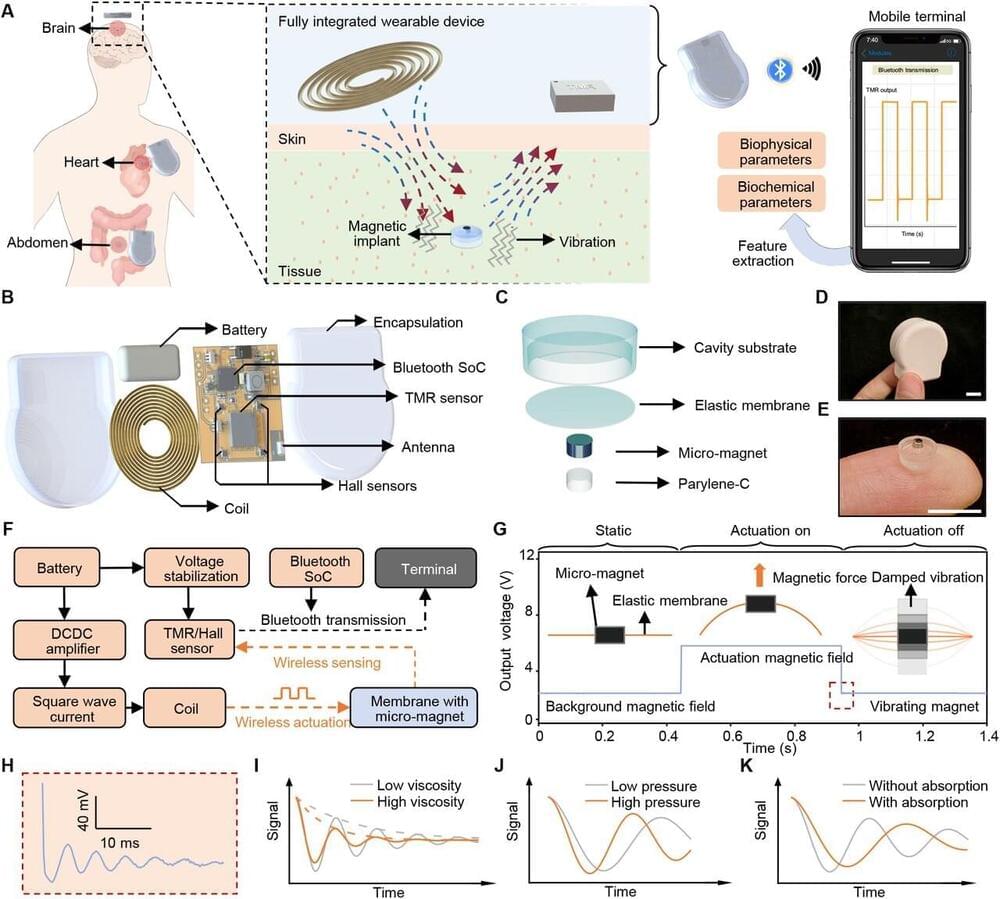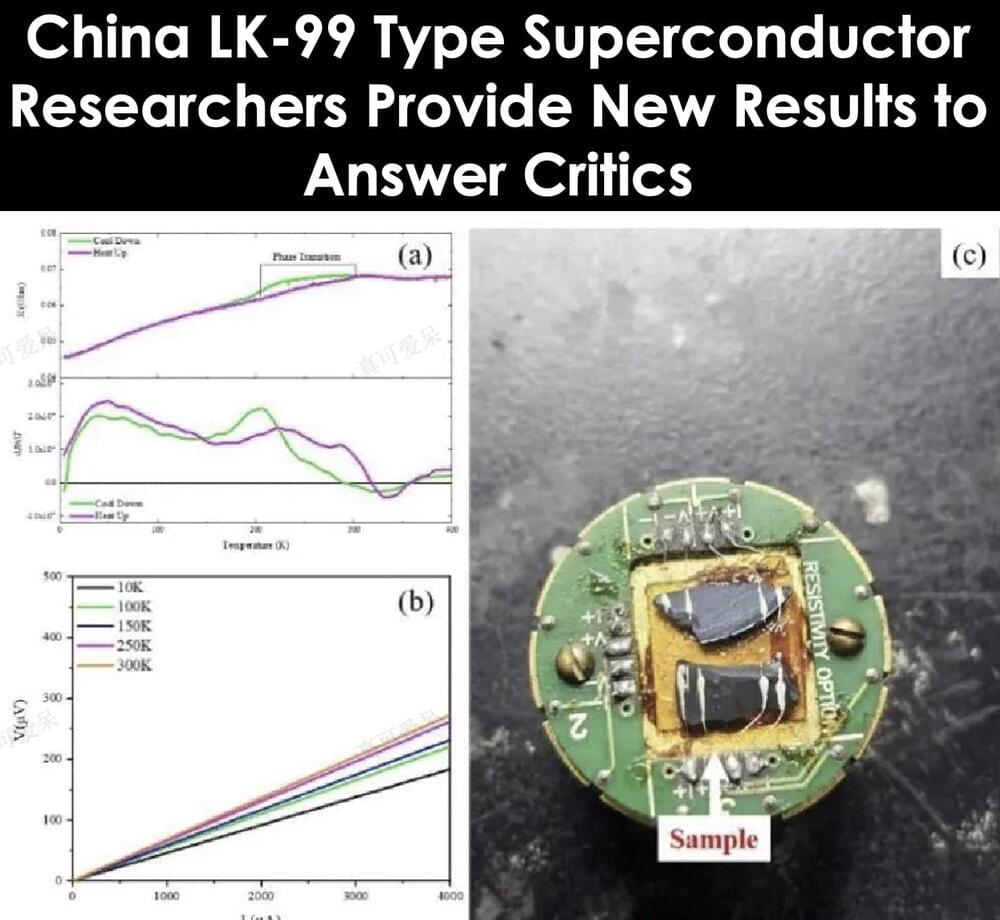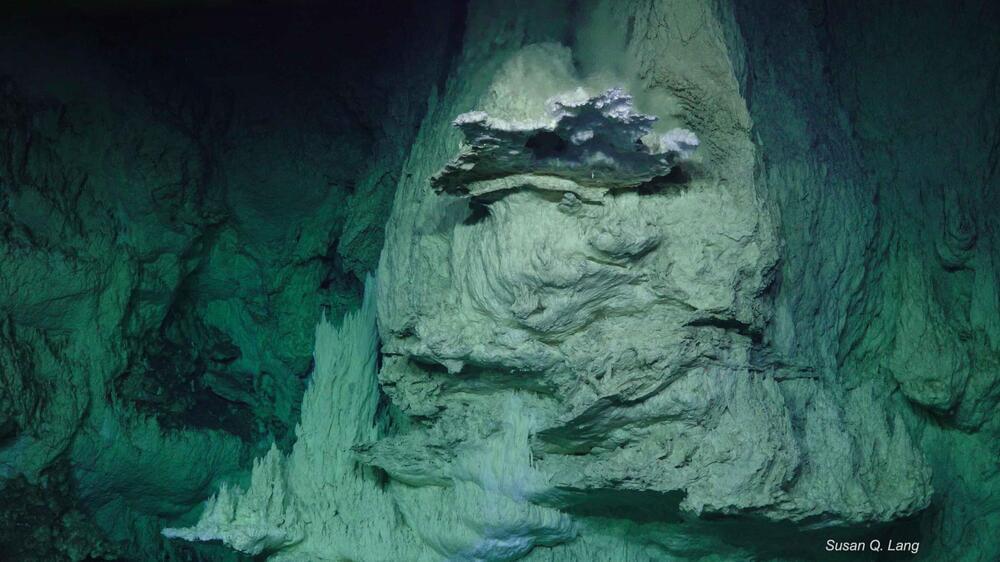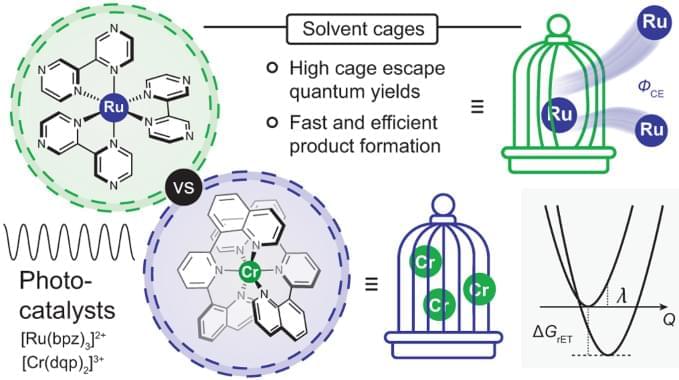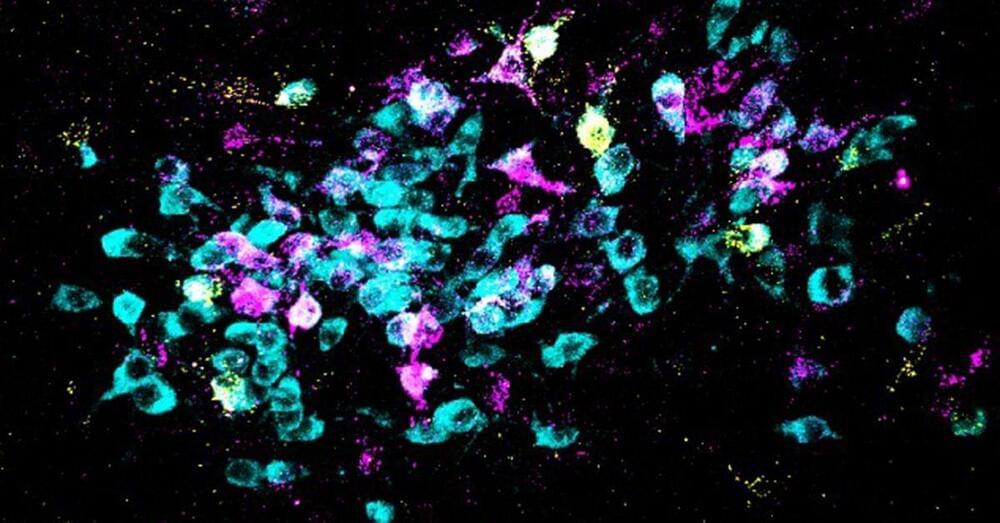Mar 21, 2024
Two ancient threads discovered in Milky Way galaxy named Shiva and Shakti
Posted by Dan Breeden in categories: chemistry, space
Khyati Malhan of the Max Planck Institute for Astronomy (MPIA) in Heidelberg, Germany, who spearheaded the research, expressed astonishment at the ability to detect these ancient structures.
“The Milky Way has undergone profound changes since these stars were born. The fact that we can still recognize them as a group is truly amazing and a testament to the unprecedented data provided by Gaia,” Malhan stated.
The discovery was made possible through Gaia’s observations, which allowed researchers to determine the orbits, content, and composition of individual stars within the Milky Way. “Upon visualising the orbits of these stars, two new structures emerged, distinguished by their unique chemical composition. We named them Shakti and Shiva,” added Malhan.

